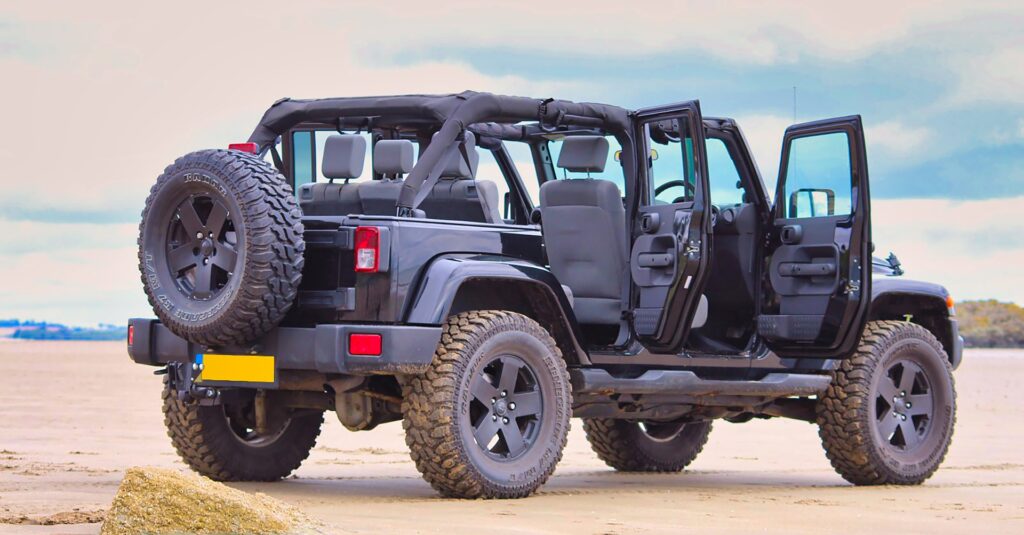Speaking of the main components of four-wheel drive vehicles, there are two differences, the rear and the front and not the transfer case. What is more to the components is the part-time system is also locking hubs. These systems have high-tech electronics to make use of traction to the fullest.
In This Article...
Difference between AWD and 4WD
In the discussion of front-wheel drive 4WD AWD (AWD) system is one of the types of systems of four-wheel drive, which is usually driven full time on dry pavement and in the ordinary way without biting drive-train. Many people are confused about the concept of these two systems. However, they are similar to each other but not identical. So to briefly explain the differences between the two, here is some information about an all wheel drive system and a four-wheel drive.
All-terrain vehicles
In a system of all-wheel drive, the center differential locked, may not obtain or can have the system off. And because the center differential of a car is capable of receiving power from the engine and accelerating earlier. Therefore vehicles with a system of all-wheel drive are mainly used in dry pavement.
This is seen especially in vehicles with more than four wheels, trucks and SUVs. In these vehicles, all-wheel operated at all times. As mentioned above, this system has a center differential that splits power equally to both axles, i.e. front and rear axle. However, when the vehicle is suspected to be in an irregular condition, perhaps a slippery road, that is, all power is immediately transferred to another axis within a few seconds.
4WD
But when it comes to a set of 4 wheels, the concept is generally referred to as a part-time. These systems are often used for the ideal and extreme (low adherence) as ice conditions, snow, mud and rain. With this decision the following information immediately following explains how four-wheel drive.
Work of a 4WD
As aforementioned, the 4WD drive system is a part-time four-wheel feeding that is activated only when the 4WD mechanism. In general it is observed that, in horrible weather conditions and even under ideal conditions, like lower on the wear of the drive-train, the system powers the rear wheels at this time. This in turn increases the vehicle’s fuel consumption. On 4WD vehicles, all engine power is transferred to the transfer case that mounts on the rear of the transmission. In this assembly is not something that is called the shafts that are related to both front and rear differentials of the vehicle. Hence in the system is the transfer case that separates the two evenly throughout the vehicle, i.e. 50% to the rear and 50% for the front drive axle.
By contrast, when the four-wheel drive handles all the power is directly engaged in the front and rear wheels of a car. Well, here was an article in greater detail about 4 wheel drive and how it is slightly different from the AWD (all wheel drive systems). So next time if you have any confusion regarding the work of a 4WD or AWD, you can always refer to this content here!

